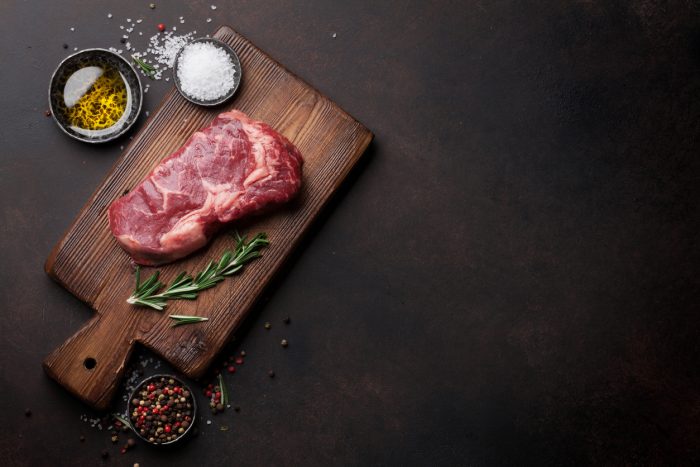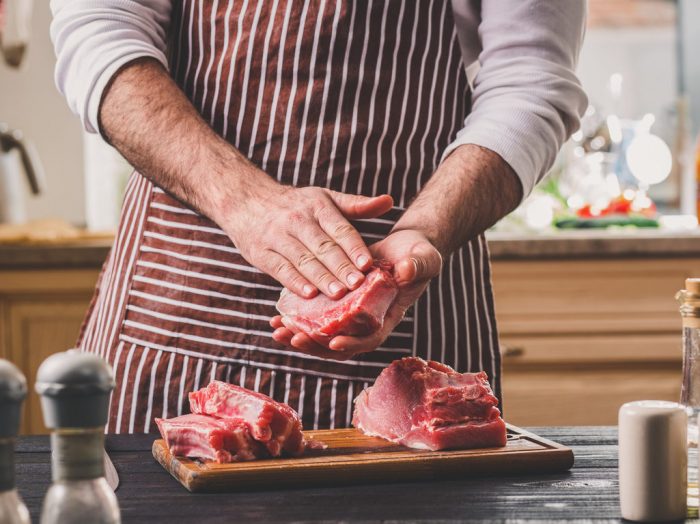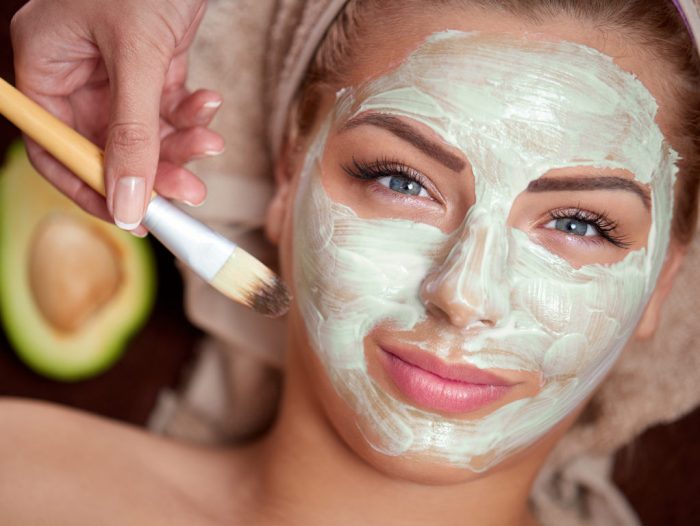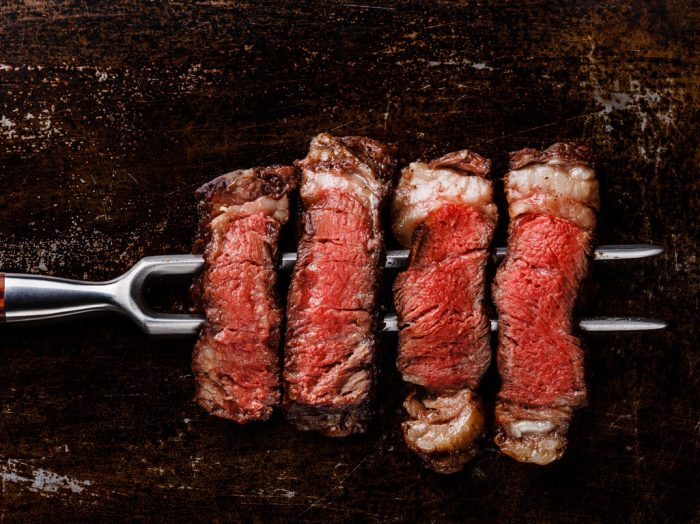If you’re losing inspiration when it comes to marinades, don’t have the time to make one, and want to try something new, then have you thought about using dry rubs for your flavoring needs? They give your meat a lot of flavor and character!
Sometimes, all a steak needs are a pinch of salt and hot coals! But there are other, more sophisticated times when you want to do something special at home, and you have a bit of time to go that extra mile, but not enough to let the meat marinade for a few hours. The wonderful dry rub is the middle path when it comes to those two options, and I am here to tell you that it’s a fantastic tool in your kitchen arsenal!
Dry rubs aren’t anything new when it comes to cooking with meat, but it seems to me like they don’t get the same attention as, say, marinades do! And they’re a much simpler alternative. So, what are they all about?
Dry rubs: a dry definition
A dry rub is a combination of dry spices, sugar, and seasonings. All of these are mixed and then rubbed into meat or vegetables before cooking. As opposed to marinades, dry rubs work because they stick to the natural moisture of the meat. And once they do that, they tend to create an amazing to-die-for crust, which you’ll love sinking your teeth in every time.
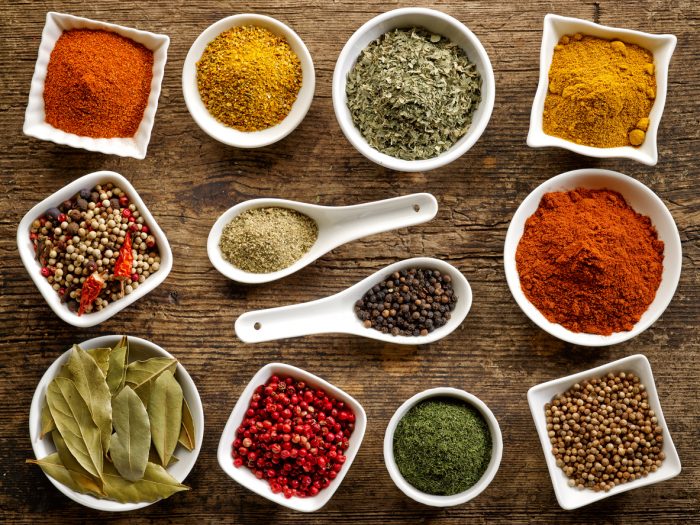
What do you use them for?
Everything that is meat! Whatever steak, leg of poultry or lamb, any cut of beef and pork. A dry rub can work on any meat. And if we’re talking cooking techniques, dry rubs work best for grills, because the juices are flowing down, and they don’t wash away the dry rub bits from the surface of the meat. But my favorite is a dry rub for chicken thighs cooked in the oven. And I cannot imagine a world and my childhood without it!
How to dry rub?
As simple as it sounds! You make the mixture of spices and herbs, grab the cut of meat and rub the mixture in your hand before throwing it on the grill. The best thing is not to miss a spot and rub every nook and cranny of the meat. If, for example, you have some chicken with skin on, you should rub the mixture under the skin, too. Leave no stone unturned!
Now, as with marinades, you can leave the dry rub on the meat for hours or even overnight, but you don’t have to, especially if the grill is fired up and everyone around you is hungry.
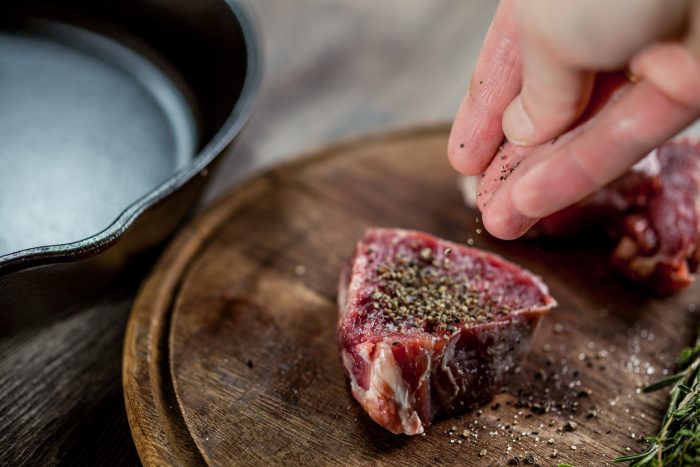
Using dry rubs: some ideas
You can find plenty of dry rubs in your local store or supermarket. But you never know exactly what you’re getting with store-bought dry rubs. Especially if you’re on a low-sodium diet. If you’re planning on using dry rubs, it’s better to create your own. And when making your dry rub at home, you can customize the flavors to be exactly what you like.
Most of the rub ideas you will find online have at least five spices or herbs as ingredients. But most of them have salt, pepper, and just a touch of sugar (especially of the brown variety) in common. What else can you use? Paprika, garlic powder, thyme, basil, oregano, horseradish, cayenne pepper, cumin, and mustard powder. These are only a few of the most common ingredients for dry rubs.
Sugar is a great ingredient because it enhances flavor, it helps form the crust and the browning of the meat. Now, if you have diabetes, leave it out of the dry rub. And for general health purposes, use brown sugar instead of regular, white sugar! But in general, sugar is an irreplaceable ingredient. Take that into account if you’re thinking of using dry rubs.
